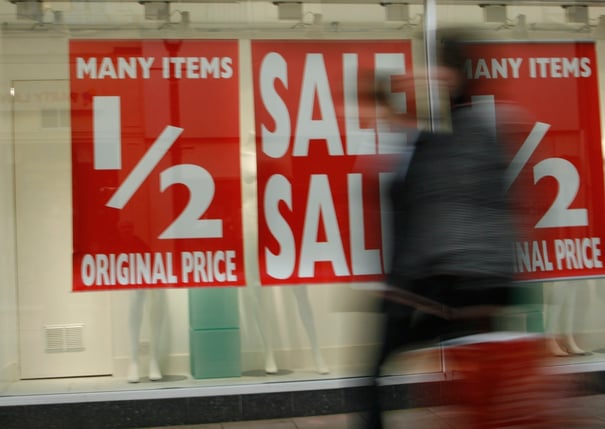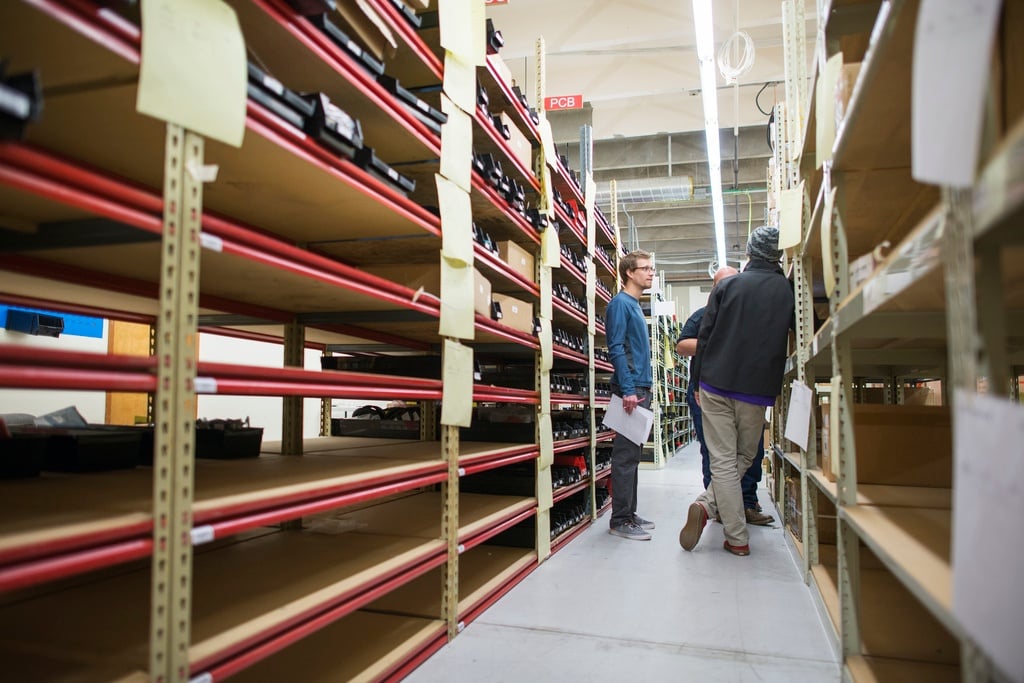Brick and mortar is tough these days. Customer tastes and fashion trends are as fast and fickle as ever, deep discounting has taught customers to reject full price items, and the speed, convenience, and selection of e-commerce have all made the landscape competitive at best, cutthroat at worst. This leaves stores with two interrelated tasks: scale back their physical footprint while building out their online capabilities.
Lowering inventory represents one part of a broader strategy to accomplish this by passing the savings of reduced brick-and-mortar operation costs to e-commerce development. Indeed, though inventory-to-sales ratios (ITS) have been climbing steadily over the last five years, according to recent reports, industry leaders have recently begun to reverse the trend.
The Incredible Shrinking Store
If properly executed, an inventory reduction can start a chain reaction that will boost profitability, and that capital can then be passed on to investors or diverted into online development.
Stated simply: lower inventory means less leftover items at the end of the season. Traditionally, such surplus goods would be discounted until they moved, eating into store profits. As traffic has migrated to e-commerce sites like Amazon, to fast fashion houses like H&M, and discount chains like TJ MAXX, discounts have grown more problematic: the business analytics firm Dynamic Action revealed recently that retailers sold 4% fewer items at full price in the first quarter this year than last.
Those marked-down items, which the store must sell to recoup losses, then compete against the new season’s collection, driving customer interest from the front of the store to marginal areas with lower margins. This cycle perpetuates itself as last season’s surplus becomes this season’s sale.
The Canary in the Kohl’s Mine
After seeing their inventory increase 15% over the last five years company-wide, Kohl’s department stores are now aggressively moving in the other direction, vowing to lower inventory by 10% by the end of 2017. Ken Perkins, president of Retail Metrics likes the move: “They’re catching on about being right-sized and scaling the business to where the demand is.” Similarly, the Home Depot plans to grow sales 15% by 2018 but intends to do so while simultaneously shrinking inventory. “Get comfortable,” their SVP of supply chain said, “with days of inventory, not weeks.”
This all sounds good, but what does this look like in practice? It starts with changing deliveries: instead of five trucks coming to distribution centers twice a week, now two trucks come five times a week. This allows for fluid movement from manufacturer to distributor to store to customer without bottle-necking at any level—no item will sit in perpetuity on a shelf or be moved from one place to another and then yet another.
Such streamlining further complements their online distribution ambitions by spreading inventory across locations, and keeping it in motion towards demand. “Ideally, you put less inventory in the stores, but replenish more frequently. You’d rather fulfill based on demand than based on a forecast,” observed Brian Gibson, supply-chain professor at Auburn University.

Dangerously Small?
There are of course dangers to lowering inventory. First, as reducing inventory requires a reduction in variety, retailers face even more pressure to accurately predict forthcoming fashion and demand. If they fail to stock that season’s hot item, their losses are twofold: they missed out on selling an item their customers wanted, and are nonetheless stuck with inventory they cannot move at full price. Their locations full of unwanted merchandise, such stores begin to appear out of touch to their customers.
And even if they predict the hot item but fail to accurately gauge just how hot it would be, they could lose out on end-of-the-year sales, which account for roughly 40% of retail spending. Not only does this stand to cut into profitability, but it can also infuriate customers who have come to expect the same options and infinite stock they find online.
Finally, even if everything works out, the mere appearance of scaling back can lead customers to an unfavorable impression, as one vice chairman of retail at Deloitte LLP Rodney Sides recently pointed out: “If I hold too much inventory out of the stores, then it looks like I’m out of business.”
Yet, companies as varied as Walmart, Kohl’s, the Home Depot, Macy’s, and JC Penny have all decided that the potential reward is worth these risks. Such gambits are necessary as stores try to strike the perfect, omnichannel balance.


